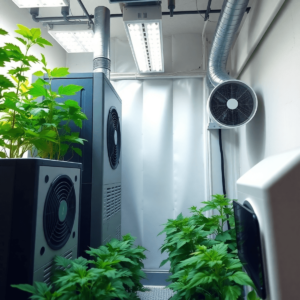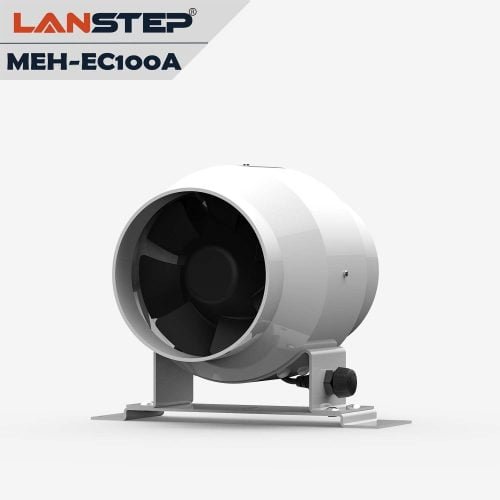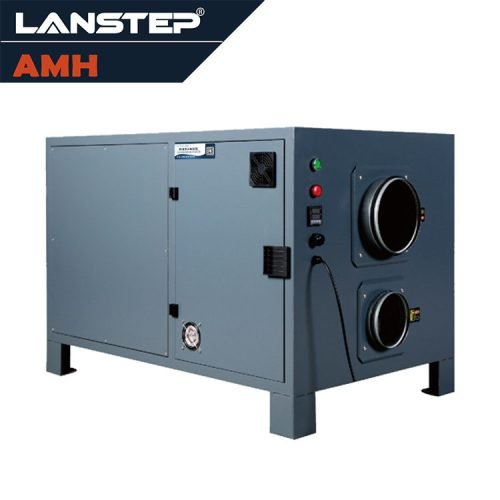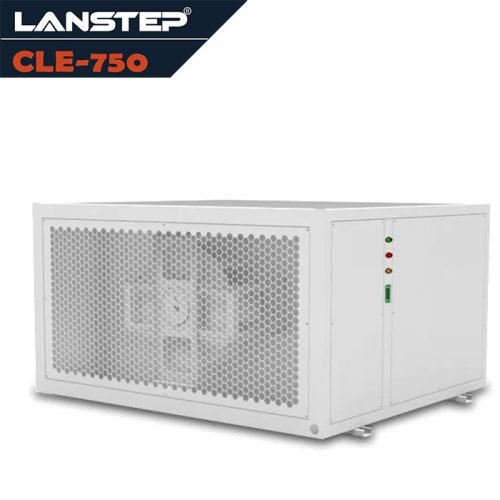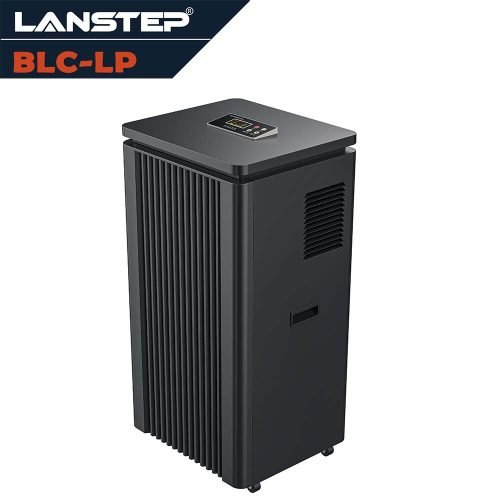Introduction
Climate Challenges and Cannabis Production
Globally, cannabis production is facing increasingly complex climate challenges. Recent years have seen significant impacts of global warming-induced climate change on agriculture. As reported by “Nature” magazine, since the late 20th century, the global average temperature has risen by about 0.7 degrees Celsius, leading to an increase in the frequency and intensity of extreme weather events. This climate change is particularly challenging for cannabis cultivation, as it is a crop highly sensitive to environmental conditions.
The Role of Climate Control in Agricultural Production
In this context, climate control technology has become key to ensuring stable crop growth. According to a study in the “Journal of Agricultural Science,” proper temperature and humidity control can increase crop yields by up to 20%. This is especially important for cannabis production, as its growth cycle and quality are highly dependent on precise climate conditions.
Climate Requirements for Cannabis Cultivation
Ideal Temperature and Humidity
Cannabis, as a special agricultural crop, relies heavily on precise temperature and humidity for its growth and production quality. A study in the “Journal of Agricultural Meteorology” shows that the optimal temperature range for cannabis growth is 22 to 28 degrees Celsius, with relative humidity maintained between 40% and 60%. Even slight fluctuations in temperature or humidity can affect the growth rate of cannabis and the quality of its chemical components.
Impact of Climate Change
The impact of climate change on cannabis production cannot be ignored. An article in “Global Change Biology” points out that temperature fluctuations and irregular precipitation patterns caused by climate change can severely disrupt the growth cycle of cannabis. For example, excessively high temperatures can lead to plant transpiration and resultant water shortages. Additionally, abnormally high humidity can increase the risk of pests and diseases, thereby reducing yield and quality.
Application of Climate Control Technology

The Role of Grow Rooms and Greenhouses
To tackle climate challenges, many cannabis producers have turned to controlled environments like grow rooms and greenhouses. As reported in the “Journal of Modern Agricultural Technology,” using grow rooms can increase cannabis yields by up to 30% while ensuring optimal health throughout the plant’s lifecycle. Greenhouses, with advanced covering materials and automated control systems, enable producers to precisely regulate light, temperature, and humidity.
Technologies for Creating Ideal Climates
In grow rooms and greenhouses, dehumidifiers, ventilation systems, and air treatment systems are key to creating ideal climates. A study in the “Journal of Plant Science” indicates that proper dehumidification can reduce the risk of mold and pest infestations due to high humidity, while effective ventilation helps maintain air circulation, thereby avoiding excessive temperature rises. Air treatment systems are essential for maintaining indoor air quality, crucial for controlling pests and enhancing the quality of cannabis.
The Importance of Climate Control Systems
Risks of Inadequate Systems
In facilities without proper climate control systems, cannabis crops face numerous risks. An article in the “Journal of Agricultural Environmental Management” suggests that improper temperature and humidity control can lead to up to 50% yield loss. For instance, excessively high temperatures not only slow down plant growth but can also degrade important chemical compounds, affecting the quality of the final product.
Negative Impacts of High Temperature and Humidity
Under conditions of high temperature and humidity, cannabis crops are more susceptible to pest and disease infestations. Research in the “Journal of Plant Pathology” shows that when humidity exceeds 60%, cannabis plants are prone to mold and fungal attacks, and temperatures consistently above 30 degrees Celsius can accelerate the development of pests and diseases. These issues not only affect yield but can also render entire crop batches unsuitable for sale or use.
The Role of Climate Control in Preventing Mold and Fungi
Preventing Condensation
Condensation is a major issue in cannabis growth, especially when temperatures suddenly drop. Research in the “Journal of Plant Protection” shows that appropriate climate control can significantly reduce the risk of condensation. Maintaining constant temperature and humidity prevents the formation of water vapor on plant surfaces, thus reducing the likelihood of mold and fungal growth.
Protecting Crops and the Environment
Climate control is crucial for protecting cannabis crops and their growing environment. “Environmental Science & Technology” magazine points out that using advanced climate control systems effectively manages indoor air quality and microenvironments, reducing the need for chemical pesticides. This not only helps maintain crop health and productivity but also has long-term positive effects on environmental protection and sustainable agricultural production.
Appendix: Introduction to LANSTEP Company
LANSTEP is a professional company in the field of climate control technology solutions. For over a decade, it has been committed to research in dehumidification and ventilation climate control. Working with LANSTEP, our experts can select the best dehumidification and ventilation systems for our partners and help determine the best location for your growth and drying environment. The size, location, layout, and cultivation method of the facility all influence which solution is right for you. To learn more about LANSTEP’s extensive range of dehumidifiers and other products suitable for cannabis cultivation and drying in our series, please contact our team using the form below.



